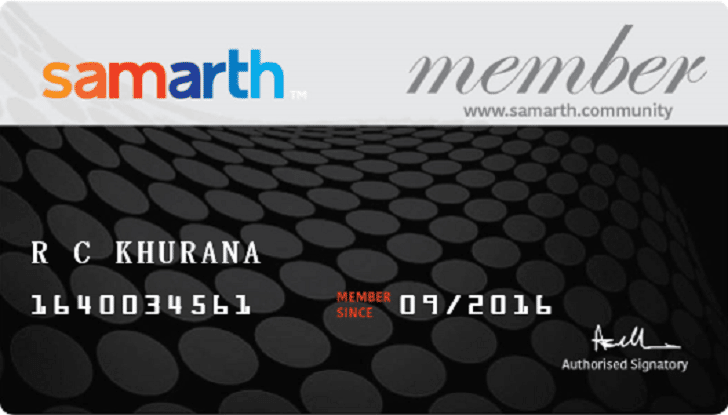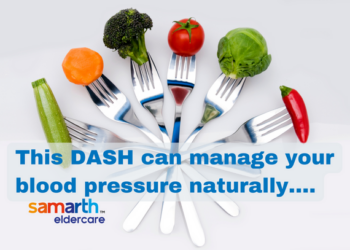Sabudana is a very popular food in India, especially in fasting in North India. It is used widely across the country for making khichdi, kheer, cutlet, vada, papad, pakoda, and a lot of other dishes. The variations are mostly for ensuring that other food is replaced by Sabudana, which is considered good during fasting. This is known by many names across the country, such as Sago, Savunari, sabsak, etc. It is a big hit among all ages, though, cooking it needs a knack. What attracts the younger lot is the clear, transparent look of these ‘pearls’ once cooked to perfection.
Interestingly, not many are aware that this favourite food is not a natural grain and is artificially created. Sago is made mostly from the starch of the tapioca plant’s roots. A specific method is used to extract milk from these roots and settle it in tanks for many hours. The settled milk cakes are run through special machines to produce the round-shaped small globules that we purchase from the market. Because of the starch content, it produces instant energy and has become popular as a fasting and infant food. Also, it does not contain any added sugars or additives.
Nutrients

Join Now >
It is mostly healthy carbohydrates and contains a lot of fiber; a Sago-based meal keeps you full for quite some time. This is another reason why it is popular as fasting food. It contains Calcium and aids digestion, and may even prevent constipation. Since it keeps you full for a longer time and will prevent you from snacking, it can be used as a good weight-loss food option. Iron, Phosphorus, and Potassium are the other minerals present in Sabudana. Thus, overall, it may be a good diet option to prevent from getting obese. And weight management is good, even for people with diabetes.
However, the word starch rings warning bells for people with diabetes; typically, they are asked to avoid all forms of starch that can play havoc with the blood sugar levels. Is Sabudana derived from starch, which may also be equally harmful to people with diabetes? Many of us may not even have been aware that this popular food is made from starch.
The diabetic angle
Like all other starchy foods, even Sabudana has a high glycemic index, which means it is not advisable for diabetics as a staple food. However, if eaten in moderation with a good healthy, wholesome meal full of other veggies and fruits, it is not harmful. For example, during fasting, the rice, and wheat-based meal, if replaced by Sabudana, along with other vegetables, may not be so harmful. Also, it is not good to have it for all three meals in a day; use other fasting foods, kuttu, singhade, or rajgira atta, etc., instead of as part of the day’s meal.
Recipes
The most common recipes using sago are Khichdi and Kheer; however, the Indian culinary experiments have resulted in some delightful dishes that can be easily tried.
Sago Cutlet
Ingredients
- 2 cups of sago (soaked for four hours)
- 2 raw bananas (boiled and mashed)
- Two thinly sliced green chillies
- 1 teaspoon ginger paste
- 1 teaspoon cumin powder
- Two tablespoons of cornflour
- Salt to taste
Preparation
Mix all the above ingredients and prepare a soft dough good enough for cutlets. Prepare balls, flatten them, roll them in breadcrumbs or rava, and shallow fry both sides. If you would like to make this into a chaat snack, you could place a cutlet into a bowl and pour some sweetened curd over it. A sprinkle of chilli, cumin, and chat powder and some chopped coriander can make it a yummy evening snack. You could deep fry the cutlets and use peanut powder in place of the cornflour (binding agent). A mix of some other vegetables could also be used in place of bananas, especially potatoes.











